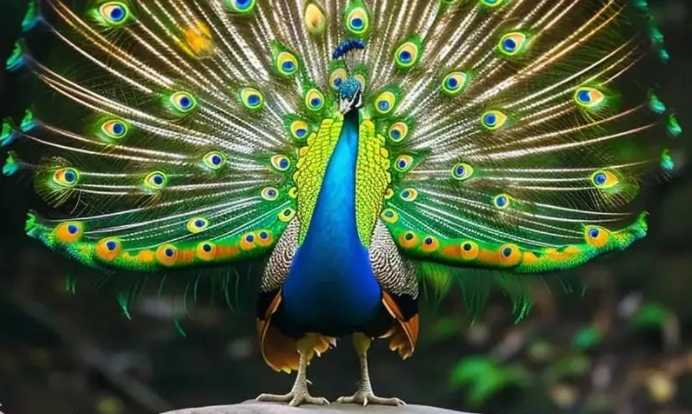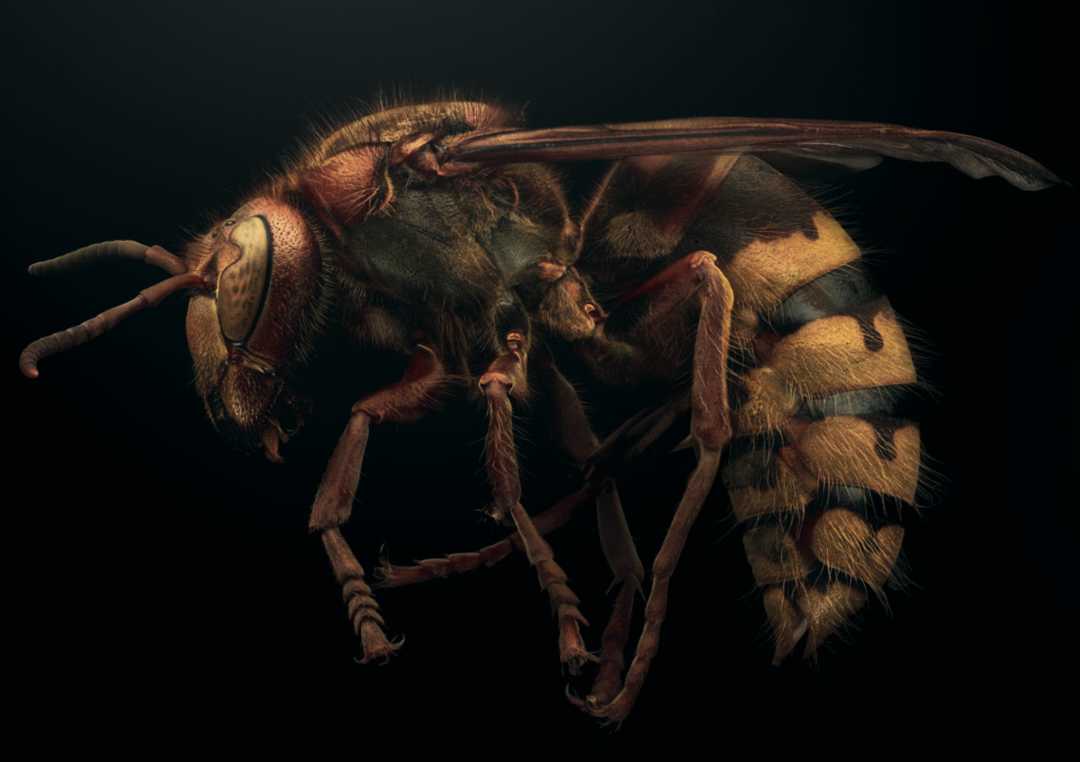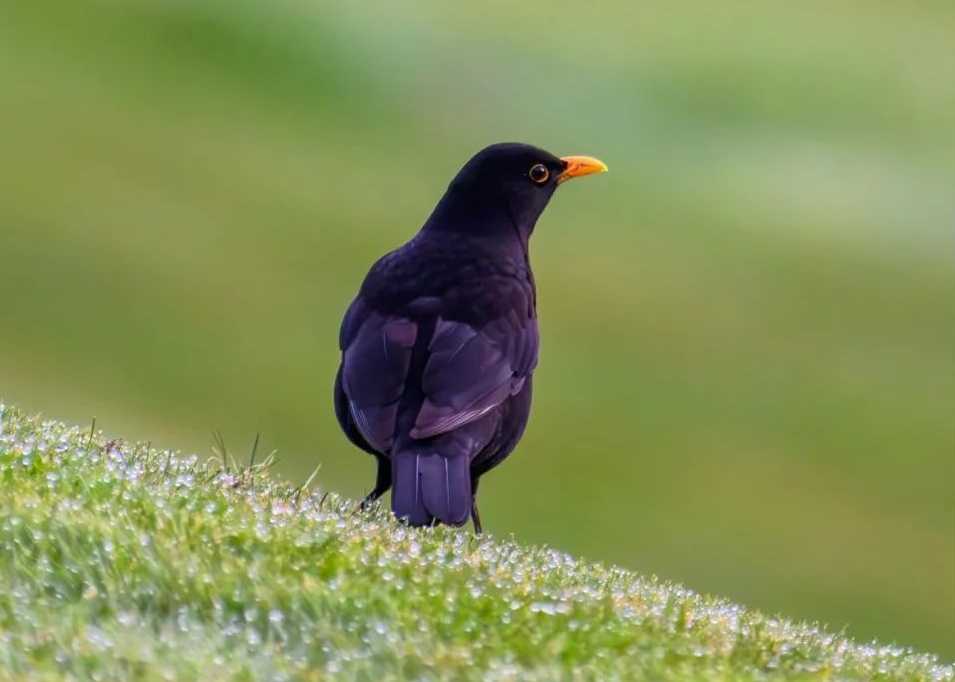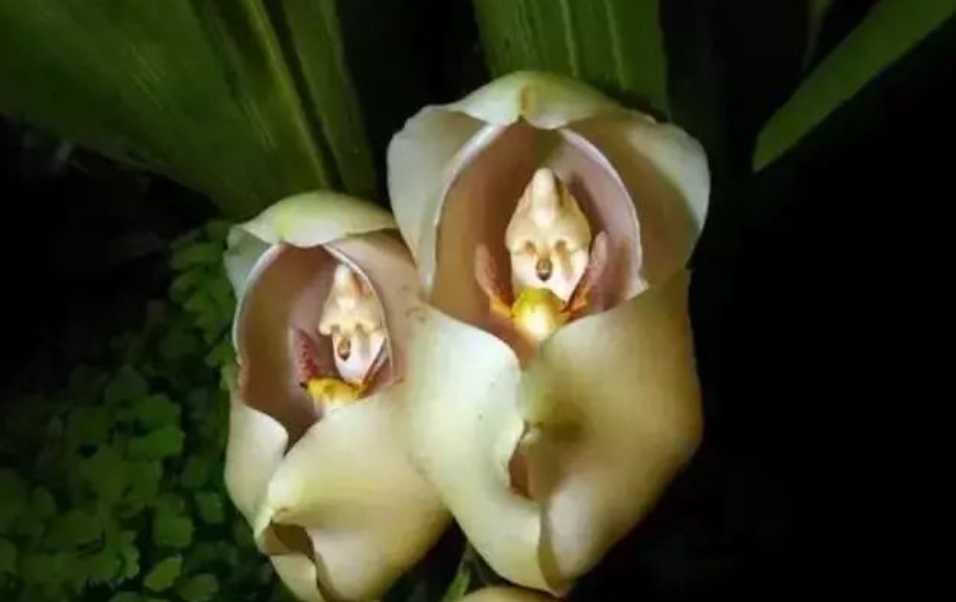The Peacock: Nature’s Ornate 'King of Birds' and Symbol of Splendor
Hailed as the "King of Birds" (outshining the mythical phoenix in real-world grandeur), the peacock captivates with its resplendent plumage, long revered as a symbol of good fortune and nobility. A member of the pheasant family, this majestic bird comprises two species: the blue peacock native to South Asia—India’s national bird—and the green peacock, a critically endangered resident of Southeast Asia and China’s Yunnan province, protected as a national first-class animal.
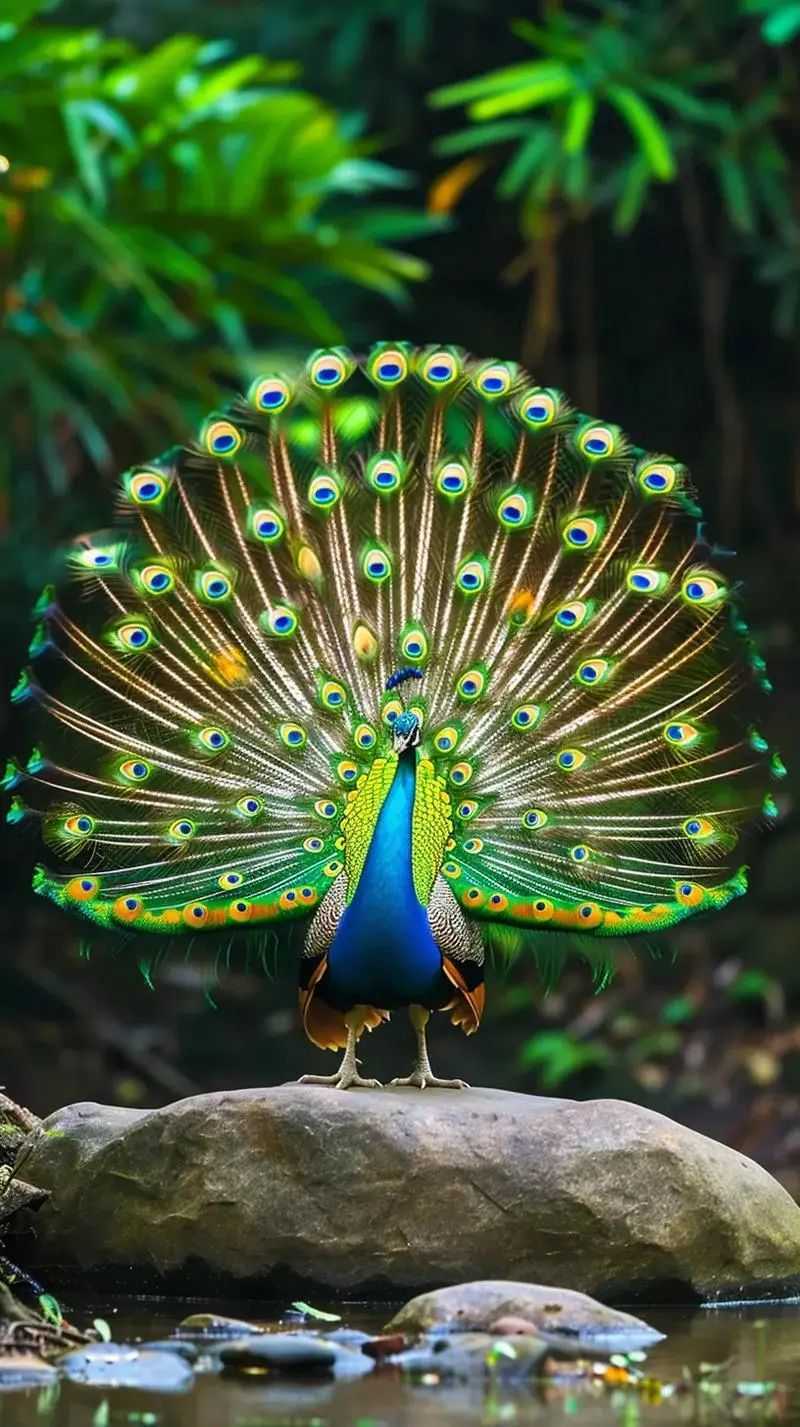
Source: Images from the Internet, if there is any infringement, please contact the removal of
Male peacocks stretch over 2 meters in length, but their true spectacle unfolds during courtship: a 1.8-meter-wide fan of iridescent train feathers, each adorned with eye-like ocelli that shimmer in shifting blues, greens, and golds. "Witnessing a peacock spread its train is like watching nature unfurl a living tapestry," says ornithologist Dr. Anjali Rao. This evolutionary masterpiece serves a dual purpose: the vibrant display attracts females while dazzling predators with sensory overload.
While blue peacocks thrive in the wild and captivity, green peacocks face habitat loss and poaching. In Yunnan, conservationists monitor their nesting grounds, hoping to preserve a bird that inspired ancient Chinese art and Hindu mythology. "The peacock’s beauty is more than skin deep," notes wildlife biologist Li Wei. "It’s a living testament to nature’s ability to turn survival into art—even if that art requires a two-meter train of iridescent feathers." For zoo visitors and wildlife enthusiasts alike, the peacock’s display remains a breathtaking reminder of the avian world’s most flamboyant evolutionary triumph.
-------- END --------
